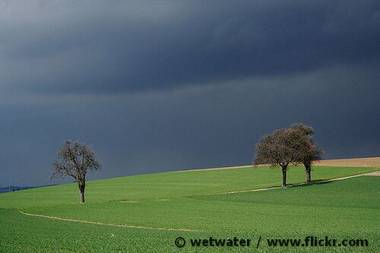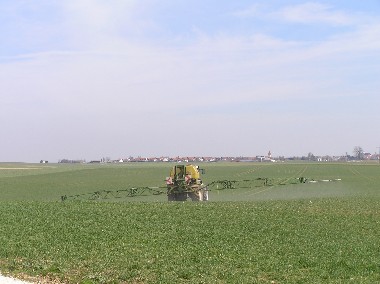Background and rationale

Crop production and the associated agricultural sector are among the most climate-sensitive sectors, as crop production will directly be exposed to modified climatic conditions like the increase of temperature and atmospheric CO2-concentrations, the alterations of amounts and annual patterns of precipitation or the more frequent occurrence of extreme weather events (heat, drought, torrential rain, hail). Climate change is expected to affect crop yields and rotation systems, the quality of food and feed, the competition between crops and weeds as well as infestation with pests and diseases. Climate-induced changes of agricultural production systems and land use will in turn have consequences for structure and functions of whole agricultural landscapes and modify, e.g., diversity of landscape structures and species, landscape water balance and many other ecosystem services. Kind and intensity of impacts induced by climate change will again depend on different external factors like changes of agricultural structures, possible modification of agricultural and environmental policies as well as the socio-demographic development of rural areas. Effects of global climate change on agriculture and whole agricultural landscapes, however, will become visible mainly on a regional scale. Strategies to adapt crop production and other types of land use to modified climatic conditions need therefore to be developed taking into account regionally varying ecological, economic and societal factors and be implemented on a regional scale. According to the general scientific opinion, current model systems are not efficient enough to simulate climate change effects on a regional scale as they do not sufficiently consider important meteorological processes such as cloud and precipitation formation and especially the interactions between land use and climate.
Effects of global climate change on agriculture and whole agricultural landscapes, however, will become visible mainly on a regional scale. Strategies to adapt crop production and other types of land use to modified climatic conditions need therefore to be developed taking into account regionally varying ecological, economic and societal factors and be implemented on a regional scale. According to the general scientific opinion, current model systems are not efficient enough to simulate climate change effects on a regional scale as they do not sufficiently consider important meteorological processes such as cloud and precipitation formation and especially the interactions between land use and climate.
